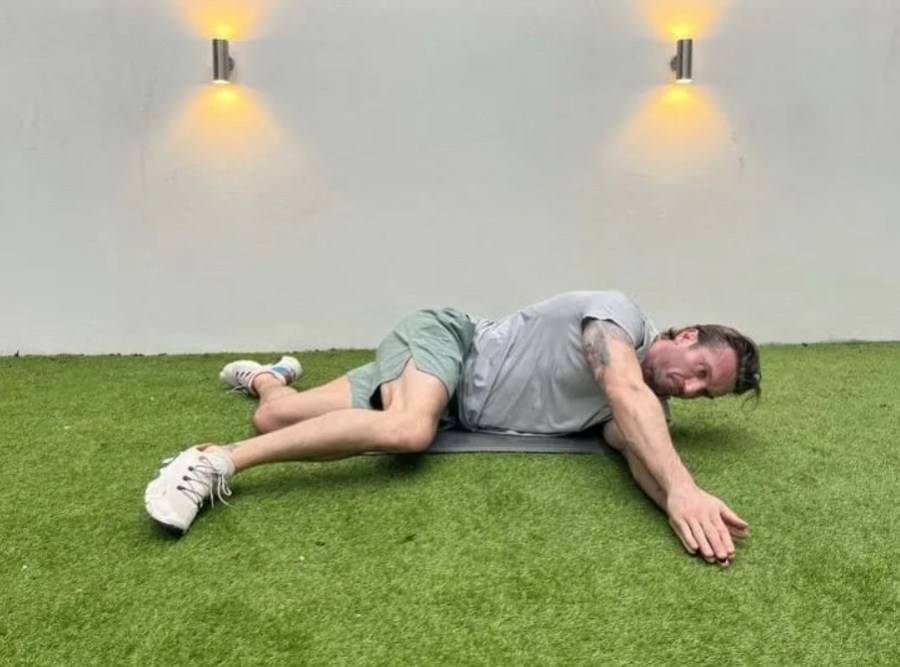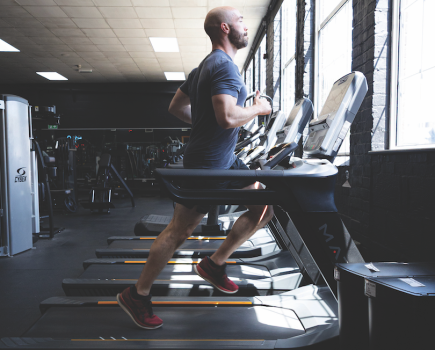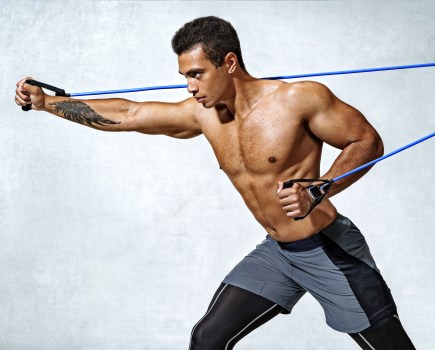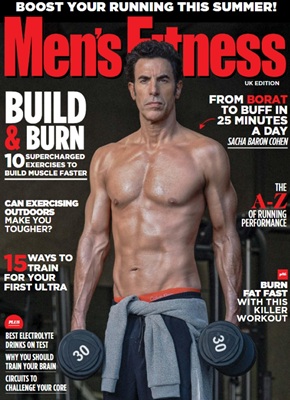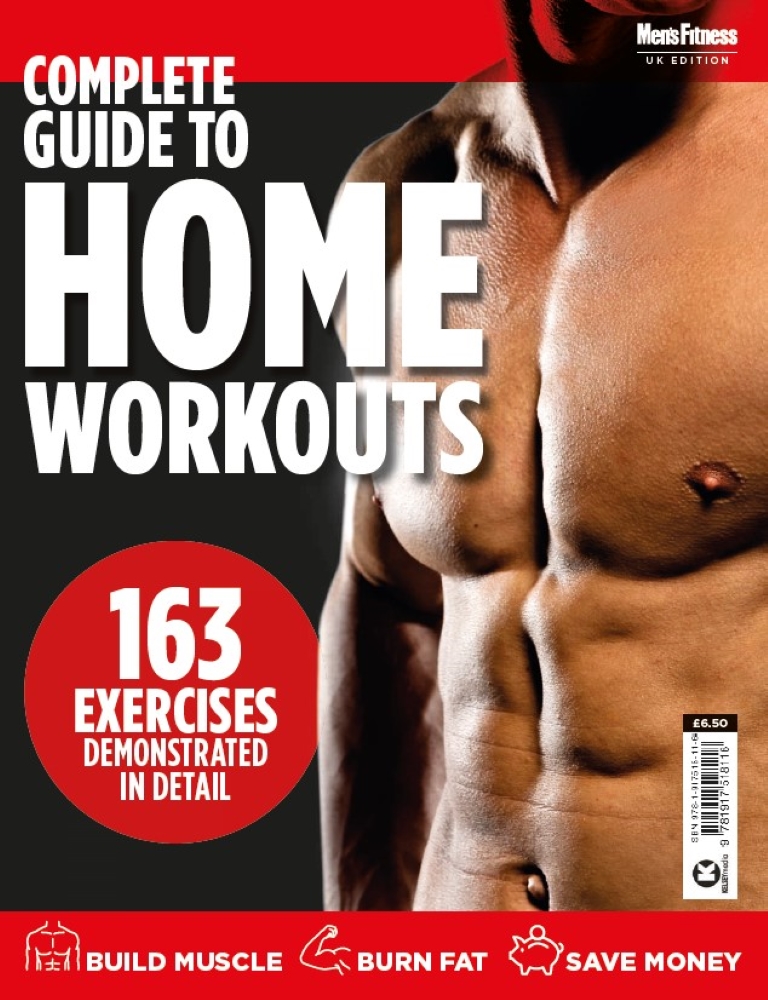Whether you’re a complete beginner to mobility training or you’re not the best at remembering to squeeze in those post-workout stretching exercises, you’ve come to the right place. These stretching exercises for beginners will help you recover between sessions and improve your mobility for all kinds of workouts. If you’re new to stretching, be sure to pick up a quality foam roller to help maximize the benefits of your stretching routine.
I have many clients who have used these as their warm-up for years, and I often revisit them myself after 25 years in the industry.
At Men’s Fitness we pride ourselves on delivering information that serves a singular purpose: to improve some aspect of your health, fitness or wellbeing. For over 16 years, we’ve been publishing authoritative health and fitness content – written by our expert editors and contributors. Each of our workouts has been created and tested by either a highly experienced editor or expert contributor. These stretching exercises were suggested by personal trainer Luke Worthington.
My pick of the best stretching exercises for beginners
- Glute stretch (all-fours glute mobilisation) – 8 reps each side
- Hip stretch (adductor rock back) – 8 reps each side
- Back stretch (side-lying windmill) – 6 reps each side
- Hip stretch II (half-kneeling hip flexor mobilisation) – 6 reps each side
- Ankle stretch (knee-to-wall ankle mobilisation) – 10 reps each side
Glute stretch (all-fours glute mobilisation)
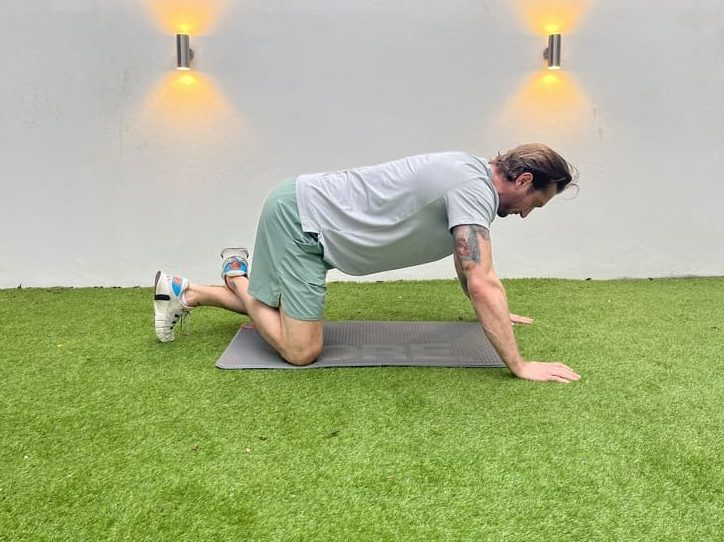

Reps: 8 each side
- Start from all-fours, with wrists below shoulders and knees below hips
- Tuck one foot behind the knee on your other leg
- Gently start to move your hips, rocking them back and toward the side that has tucked in the foot to stretch out the hip
- After 8 repetitions of this rocking motion, switch legs and repeat on the other side
Hip stretch (adductor rock back)
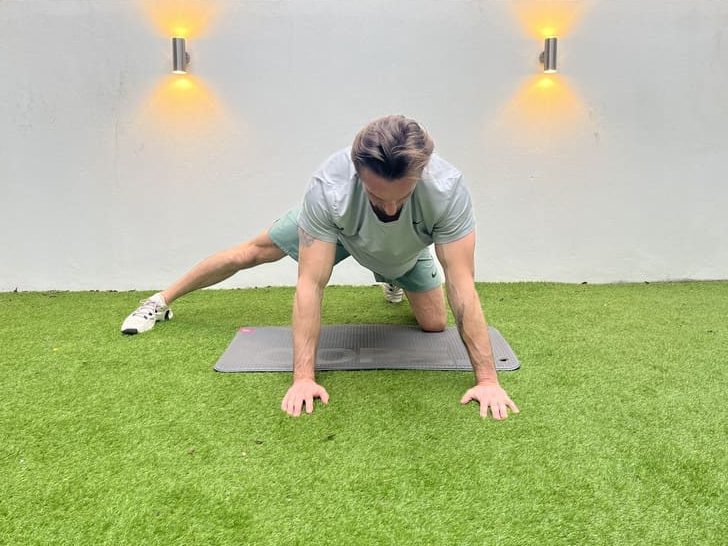
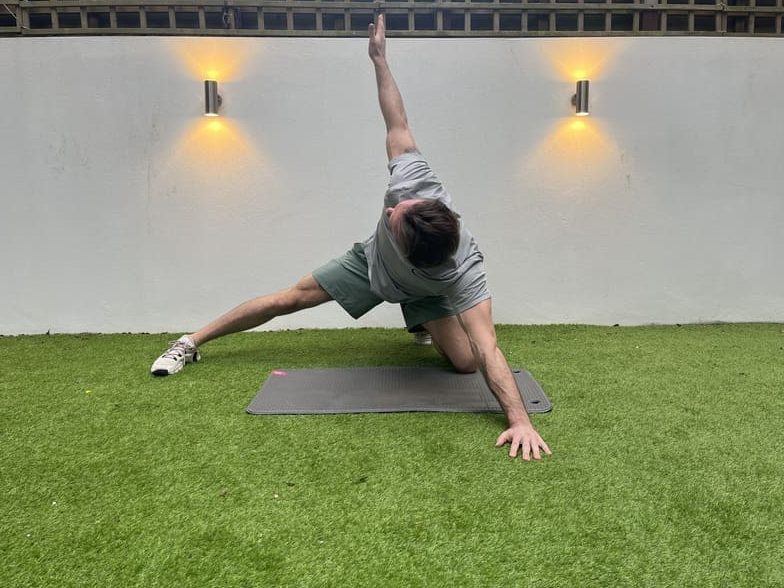
Reps: 8 each side
- From kneeling, extend one leg out to the side
- Place the arm on the floor on the same side as your kneeling leg
- Sit the hips back onto the heel and rotate through the upper body, extending your other arm above your head – this keeps the motion coming from the upper back
- Return your arm to the floor, then repeat 8 times before swapping to the other side
Back stretch (side-lying windmill)
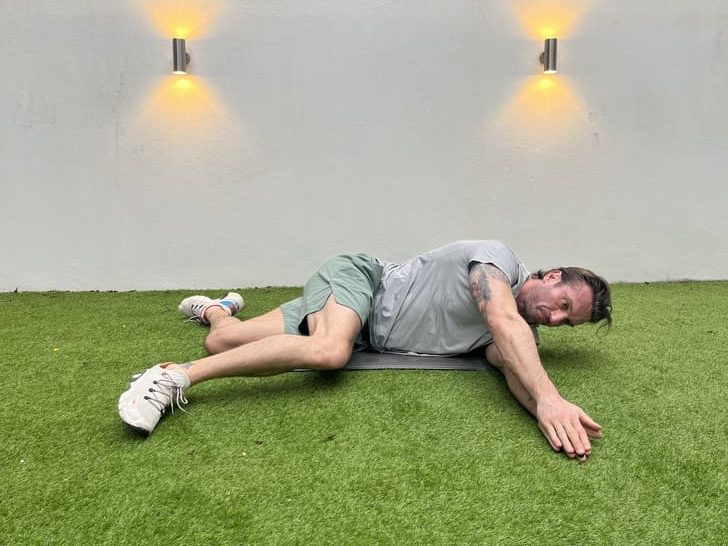

Reps: 6 each side
- Start by laying on your back. Bend one knee towards you and tilt it over your body to the other side. Allow the bottom leg to bend and remain on the floor
- Rest your arms along one another, pointing in the same direction as your top knee
- Open your arms and guide your top hand to the floor on the other side of your body
- Try to keep the navel pointing forwards as the upper body rotates away – this helps to get the movement from the upper back
- Ensure that your gaze (and therefore the head) follows the fingertips of the moving arm
- Return to the starting position, then repeat 6 times before swapping to face the other direction
Hip stretch II (half-kneeling hip flexor mobilisation)

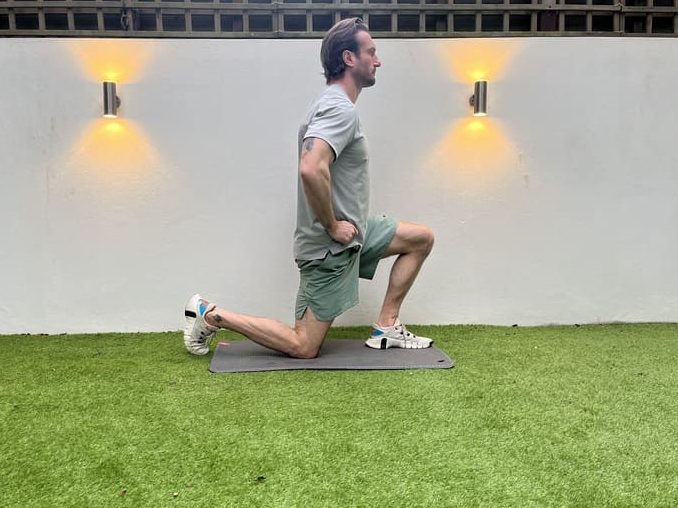
Reps: 6 each side
- Start in a lunge position with bent knees. In the set-up, ensure the knee is directly below the hips, and tense the glute as hard as possible on the knee touching the floor
- Shift your body weight forward slightly until you feel a stretch in your hip flexor
- The forward rock is actually very small in this stretching exercise for beginners – it should be no more than 1-2 inches
Ankle stretch (knee-to-wall ankle mobilisation)
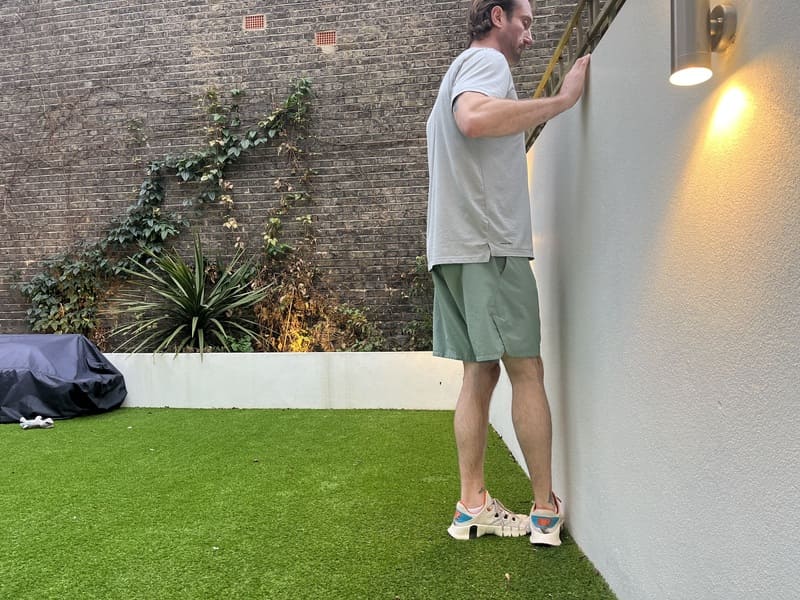
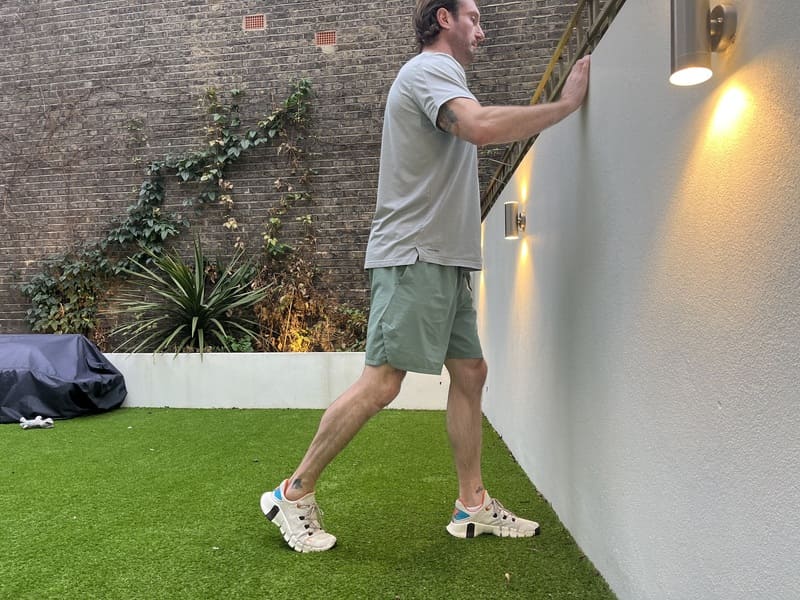
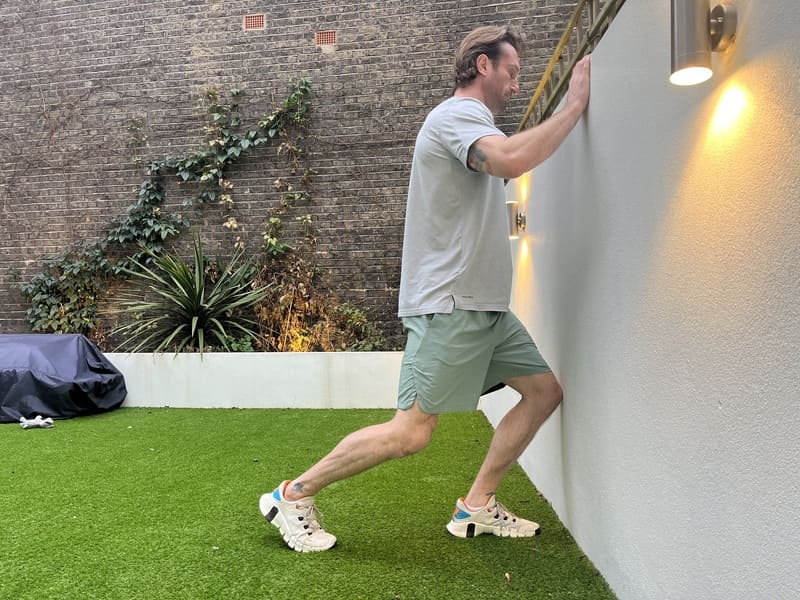
Reps: 10 each side
- Start by standing next to a wall and placing your palms against it for support
- Step back from the wall slightly – a good target distance away is one foot width away from the wall
- Place one foot behind you, keeping the heel lifted
- Bend both knees together until your front knee touches the wall
- Ensure all of the weight is on the front foot as you rock forward, keeping the front heel grounded
- Rise to the starting position and repeat 10 times before moving on to the other side
How to do these stretching exercises for beginners
These stretching exercises for beginners are great to perform on their own as a dedicated mobility routine or active recovery session, or as a dynamic warm-up before a strength workout.
If performing them as a standalone session, my suggestion is to work through them in circuit fashion and perform four complete circuits.
If performing these exercises as a dynamic warm-up, the intent should be to move swiftly from one exercise to the next, helping to elevate the heart rate as you mobilise your whole body.
I’d suggest starting with these stretches for a few weeks until you’re comfortable moving your body through these ranges, and start to be aware of how it feels to move into ‘tight’ areas.
Once you’re comfortable with these movements, you can move on to our pick of the best more advanced stretching exercises.
Why stretching is important
Training and maintaining our ability to move through the greatest range of motion that we can safely control, while maintaining integrity of the joints, is key to getting the most from our workouts, as well as reducing the risk of injury.
Smart mobility training should allow us to gradually progress available motion without compromising joint integrity – this means choosing exercises that prioritize alignment and control over range.
The stretching exercises in this series are suitable for beginners and are designed to keep the core stable, and the four major joints centred, while encouraging movement in the places most people experience tightness – namely glutes, hip flexors, adductors (inner thigh), upper back, and ankles. Conveniently these are also the areas that, when we move through them appropriately, increase our performance in strength training.
For this stretching routine I’d recommending using a good quality exercise mat, such as this Body Power Never Quit Exercise Mat
Related content:

